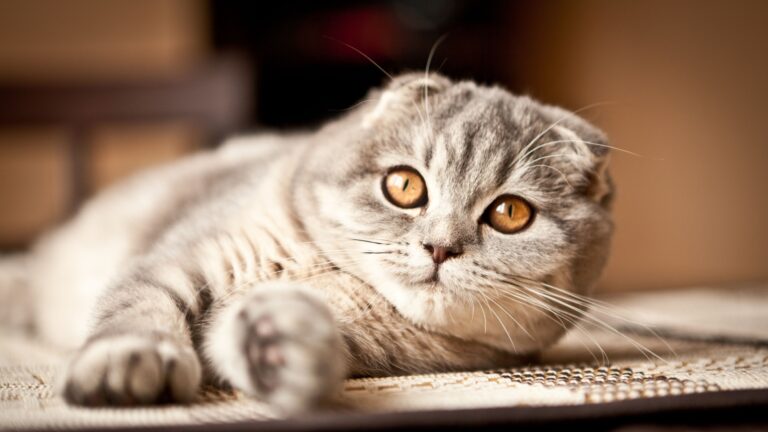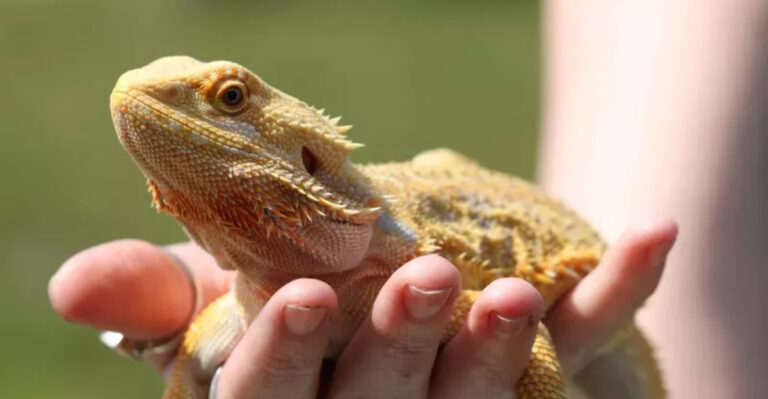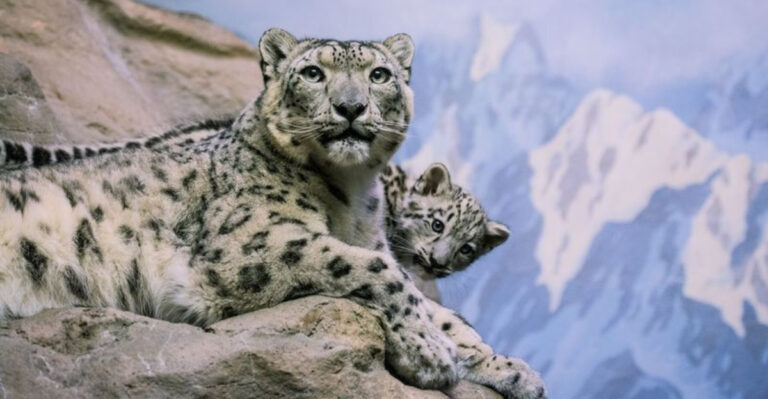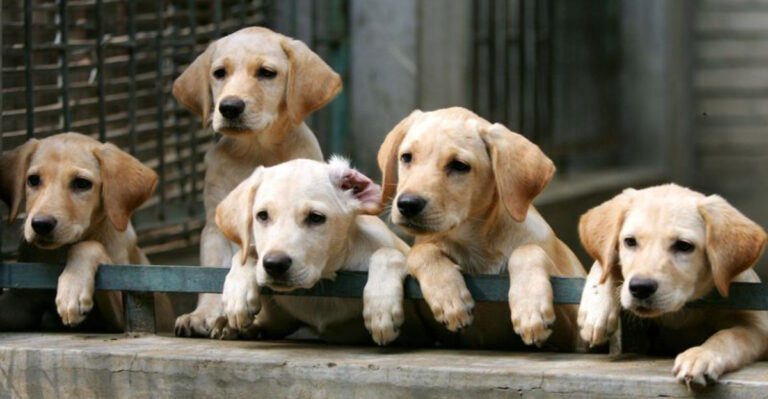15 Disney Animals And Their Real-World Counterparts
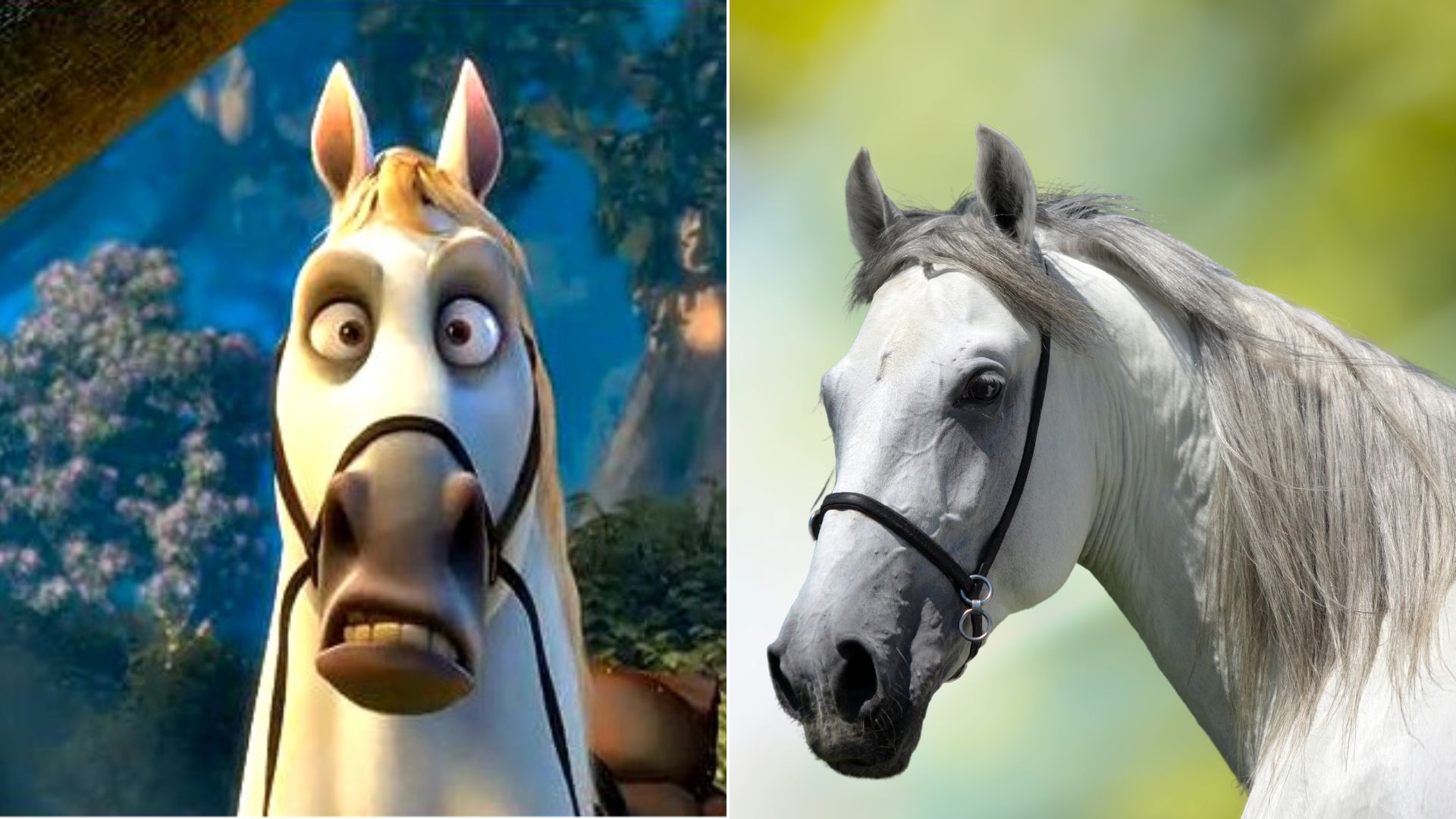
Disney movies have enchanted us with adorable animal characters that often steal the spotlight from their human costars.
While these animated creatures captivate us with their personalities and adventures, many are based on real animals with fascinating traits and behaviors. Let’s explore how Disney’s beloved animal characters compare to their real-life counterparts in the wild.
1. Simba’s Majestic Inspiration
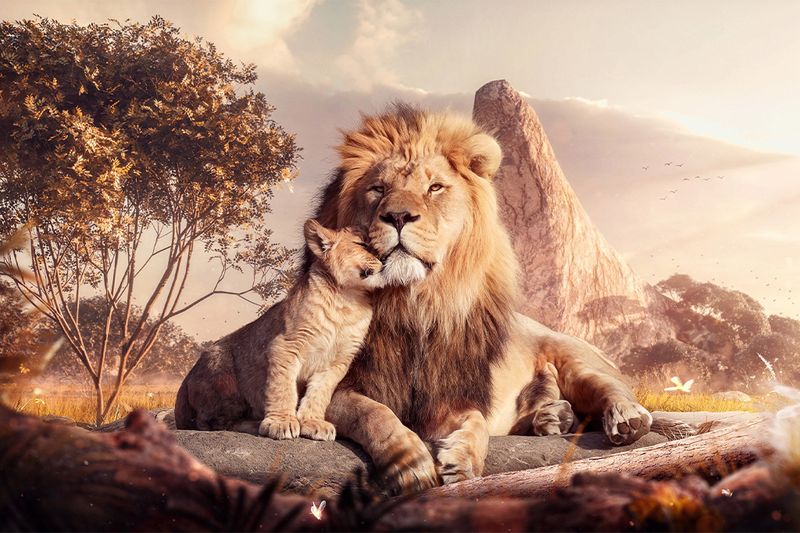
Ever wondered what makes Simba from “The Lion King” so believable? African lions share that same impressive mane and powerful presence that made us fall in love with the future king of Pride Rock.
Male lions typically weigh up to 550 pounds and possess that distinctive golden coat. Unlike Simba’s democratic leadership style, real lion prides operate with strict hierarchies where females do most of the hunting.
2. Bambi’s Delicate Doppelgänger

Beneath those oversized eyes and wobbly legs lies a surprisingly accurate portrayal of a white-tailed deer fawn. The animators behind this 1942 classic studied real deer movements extensively to capture their grace.
White-tailed fawns are born with spots that fade as they mature, just like Bambi’s did. They can stand within 10 minutes of birth and outrun predators within days—a survival skill that sadly didn’t save Bambi’s mother.
3. Dory’s Forgetful Fish Family

Blue tangs don’t actually suffer from short-term memory loss like our beloved Dory. These vibrant reef dwellers are surprisingly intelligent fish with complex social behaviors.
Found in the Indo-Pacific, real blue tangs sport that same electric blue coloration with black markings. They use their bright coloring as a warning signal and can even produce toxins when stressed—a detail Disney conveniently left out of “Finding Nemo.”
4. Thumper’s Bouncy Blueprint
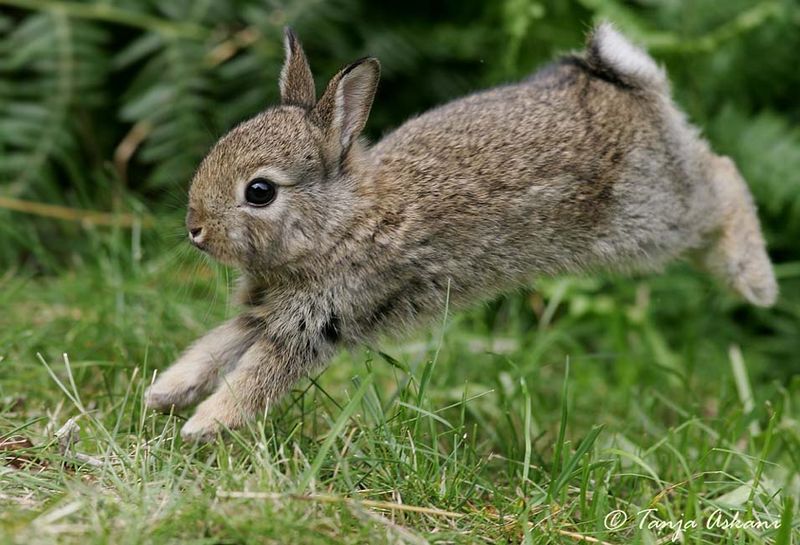
From his rapid foot-thumping to those long ears, Thumper represents a fairly accurate eastern cottontail rabbit. His personality might be exaggerated, but his physical traits are spot-on.
Eastern cottontails really do thump their hind feet as a warning signal to other rabbits. Their powerful back legs allow them to reach speeds of 18 mph and jump nearly 4 feet high—skills that would make Thumper proud!
5. Abu’s Mischievous Monkey Model

Abu’s sticky fingers and expressive face weren’t just creative license—capuchin monkeys are known for their intelligence and dexterity. These clever primates can use tools and solve complex problems.
Capuchins have distinctive facial markings and prehensile tails that act like an extra hand. While real capuchins don’t wear tiny fezzes like Aladdin’s sidekick, they do form strong bonds with their social groups and communicate through facial expressions.
6. Dumbo’s Exaggerated Ears
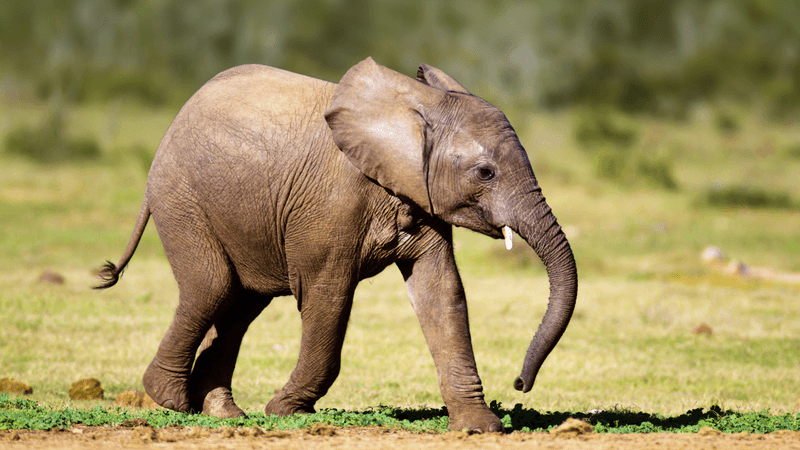
Flying might be fantasy, but those outsized ears aren’t completely fictional. African elephants have the largest ears of any elephant species, which they use as built-in air conditioners.
These magnificent ears can span up to 6 feet across and help regulate body temperature in the African heat. While real elephants can’t achieve liftoff like Dumbo, they do use their ears for impressive displays during confrontations and courtship rituals.
7. Sebastian’s Crustacean Credentials
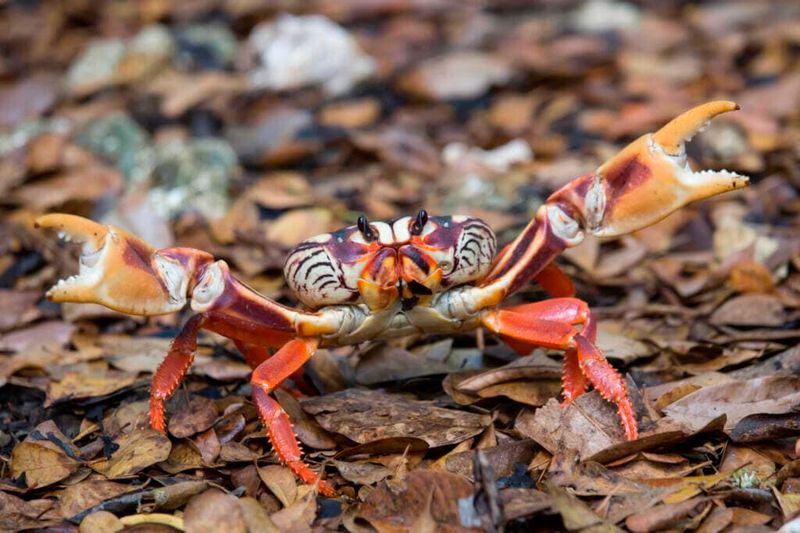
Jamaican accent aside, Sebastian from “The Little Mermaid” bears striking similarities to Caribbean red crabs. These feisty crustaceans share his distinctive bright red coloration.
Unlike Sebastian’s underwater lifestyle, real Caribbean red crabs primarily live on land and migrate to the ocean to breed. They’re significantly smaller than their Disney counterpart too—reaching only about 4 inches across—but they make up for it with impressive climbing abilities.
8. Rajah’s Striped Specimen

Princess Jasmine’s loyal tiger companion reflects the majesty of the critically endangered Bengal tiger. These magnificent big cats once roamed freely across India, just as depicted in Agrabah’s royal palace.
Bengal tigers can weigh over 500 pounds and possess incredible strength. Their distinctive orange coat with black stripes serves as natural camouflage in tall grasses. Each tiger’s stripe pattern is unique—like a fingerprint—something Disney artists carefully replicated in Rajah’s design.
9. Timon’s Desert Dweller
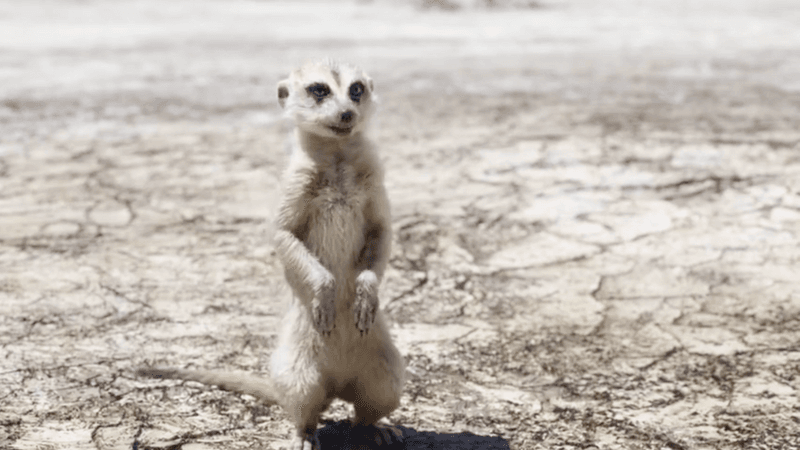
Far from just comic relief, Timon represents a meerkat with surprising biological accuracy. These small mongoose relatives really do stand upright on their hind legs to scan for predators across the African savanna.
Meerkats live in underground colonies called mobs with complex social structures. They’re insectivores who spend their days digging and foraging—not lounging around eating bugs like Timon’s “hakuna matata” lifestyle suggests. Their high-pitched alarm calls would make perfect musical numbers!
10. Pumbaa’s Warthog Wisdom

Flatulence jokes aside, Pumbaa’s portrayal as a warthog captures many authentic characteristics of these resilient African swine. Real warthogs have those same distinctive curved tusks and facial warts.
Warthogs run with their tails straight up in the air—just like Pumbaa does when fleeing danger. They’re surprisingly fast, reaching speeds up to 30 mph. Unlike Pumbaa’s scavenger diet, wild warthogs primarily graze on grasses and roots using their tough snouts to dig.
11. Zazu’s Beaked Bureaucrat

Sharp-tongued and proper, Zazu was modeled after the red-billed hornbill found throughout sub-Saharan Africa. These birds really do serve as nature’s alarm system, warning other animals of approaching predators.
Red-billed hornbills have distinctive curved beaks with that same bright crimson coloration. They form monogamous pairs and communicate through various calls and displays. While they don’t file daily reports to lion kings, they do maintain strict territories.
12. Flounder’s Finned Friend
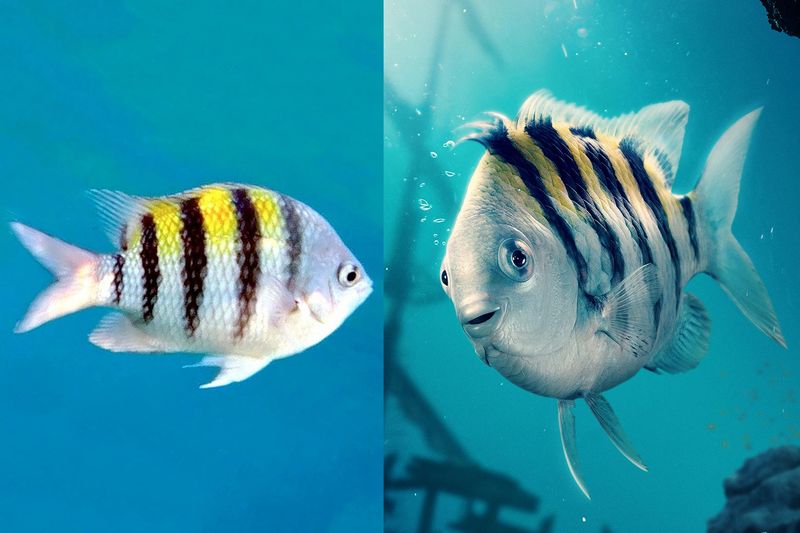
Yellow with blue stripes, Ariel’s sidekick resembles a tropical reef fish called the blue tang—but with creative liberties taken. Real blue tangs aren’t yellow at all, despite Flounder’s coloration.
Disney likely combined features from several fish species to create this lovable character. Flounder’s rounded body and expressive face more closely match pufferfish anatomy. His anxious personality doesn’t reflect any particular fish behavior, but his loyalty to Ariel captures the schooling nature of many reef dwellers.
13. Pascal’s Color-Changing Companion
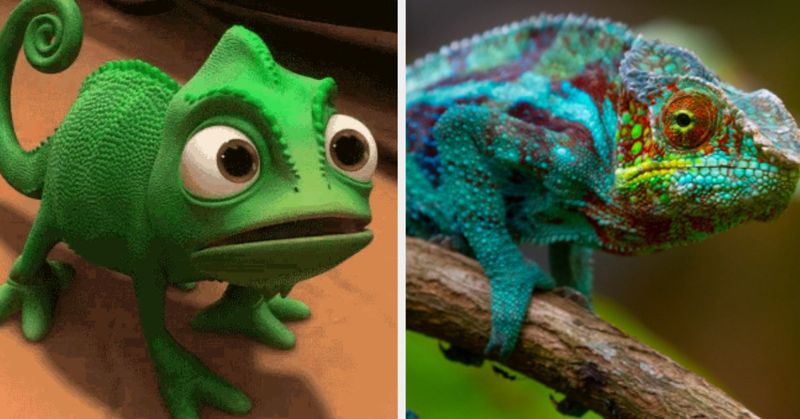
Rapunzel’s tiny sidekick from “Tangled” showcases the remarkable adaptability of chameleons. These reptiles really can change colors to match their surroundings, though not as instantly as Pascal does.
Chameleons use specialized cells called chromatophores to shift their hues for communication and camouflage. Their independently moving eyes can look in different directions simultaneously. While they can’t understand human speech like Pascal, chameleons are surprisingly intelligent and have distinct personalities.
14. Meeko’s Masked Marauder
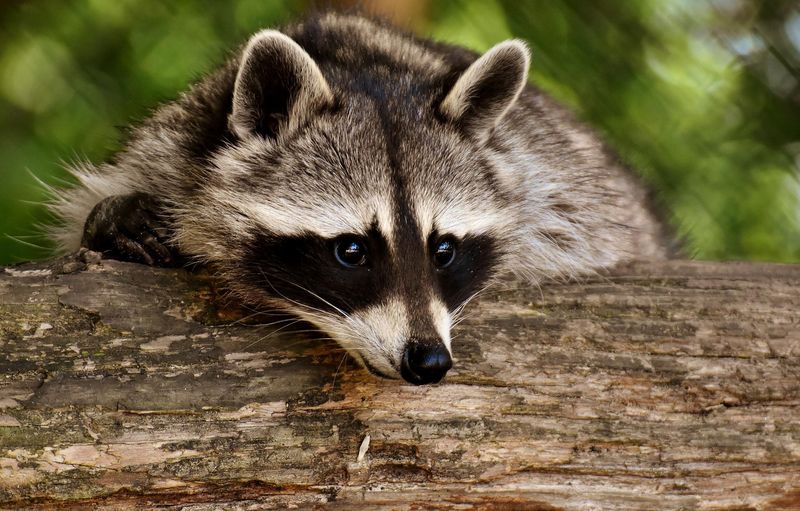
Food-stealing antics and mischievous personality? Pocahontas’s raccoon companion Meeko perfectly captures these woodland bandits’ natural behavior. Those nimble hands aren’t just for show!
Raccoons possess remarkable dexterity with their front paws, allowing them to open containers and manipulate objects. Their distinctive black mask isn’t just cute—it may help reduce glare, enhancing night vision. Like Meeko, wild raccoons are incredibly adaptable problem-solvers with a notorious sweet tooth.
15. Maximus’s Heroic Horse
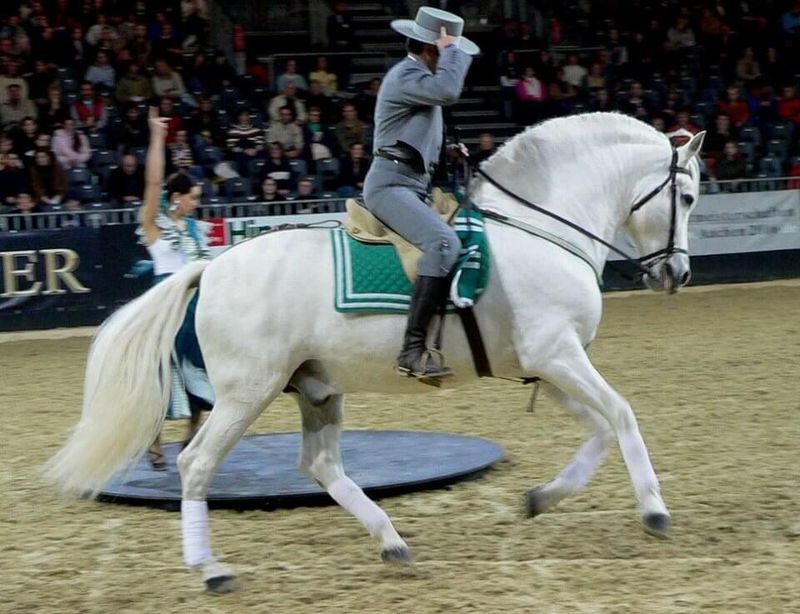
Looking beyond his dog-like personality, Maximus from “Tangled” was modeled after Andalusian horses—a breed known for their strength and intelligence. His white coat and muscular build match this Spanish breed perfectly.
Andalusians were historically bred as war horses, explaining Maximus’s guard-horse role. They’re known for their arched necks, flowing manes, and impressive agility. While real horses can’t track criminals by scent like Maximus does, they are remarkably sensitive to human emotions.

